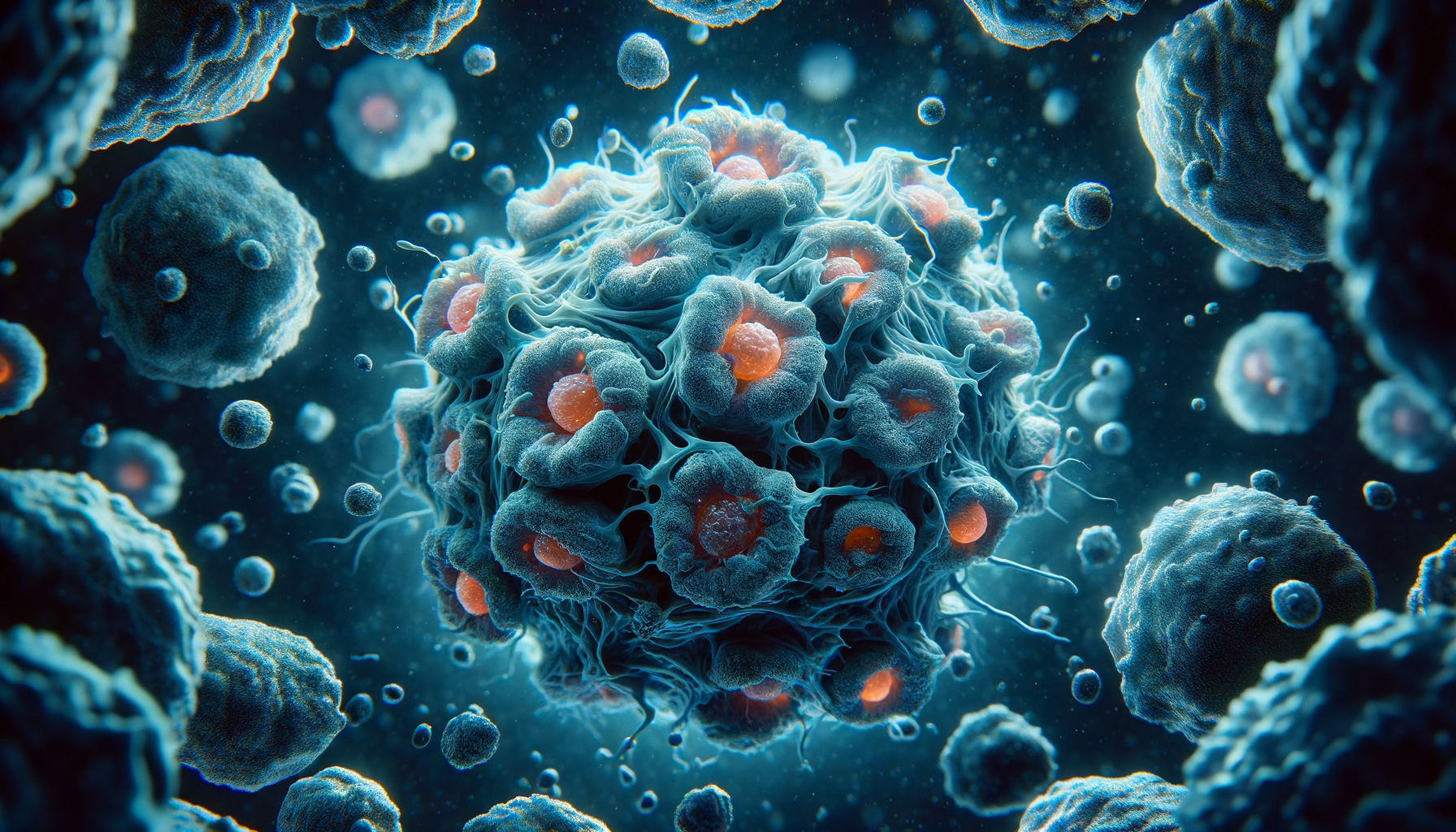The Role of Gene Mutations in Cancer: Understanding High Regeneration
What Are Cancer Gene Mutations?
Gene mutations involve a permanent alteration in the DNA sequence that constitutes a gene. While many mutations are benign, certain changes can trigger the transformation of healthy cells into cancerous ones. These mutated genes disrupt normal cell growth and division, spurring the development of malignancies.
Key Points:
- Cancer Gene Mutation: Permanent changes in DNA sequences within genes that contribute to cancer.
- Human Cancer and Gene Regeneration: The relationship between genetic changes and the unchecked proliferation observed in cancer cells.
- Mutated Genes in Cancer: Genes that have undergone alterations, causing disruptions in normal cellular functions and resulting in malignancy.
Types of Mutations in Cancer
Cancer can manifest due to various types of genetic mutations, each with distinct effects on cellular behavior:
- Single Nucleotide Variations (SNVs): A single nucleotide change, which can significantly alter gene function.
- Insertions and Deletions (Indels): The insertion or deletion of base pairs in DNA, potentially interrupting gene expression.
- Copy Number Variations (CNVs): Changes in the number of copies of a particular gene, influencing the level of gene product produced.
- Structural Variations: Large-scale modifications to the chromosome structure, such as translocations and inversions.
Checklist for Understanding Mutations:
- Identify the type of mutation.
- Determine the affected genes.
- Assess the impact on cell growth and division.
High Regeneration in Mutated Genes
A defining characteristic of cancer is uncontrolled cell proliferation. Many cancer-related mutations confer a high regeneration capacity, enabling cells to divide incessantly and grow prodigiously.
Key Concepts:
- Regenerative Capability: The incessant division of cancer cells, driven by specific genetic mutations.
- Cancer Cells vs. Normal Cells: Normal cells cease multiplication upon fulfilling tissue formation needs, while cancer cells continue to regenerate unchecked, forming tumors.
How Mutations Enable High Regeneration:
- Activation of Oncogenes: Mutated genes that drive unchecked cellular multiplication.
- Inactivation of Tumor Suppressors: Loss of genes responsible for controlling cell division and repairing DNA damage, allowing unregulated cell proliferation.
- Telomerase Activation: This process maintains telomere length, allowing limitless replication of cancer cells.
Implications for Treatment
Understanding the genetic basis of high regeneration in cancer cells provides critical insights for developing targeted therapies. Treatments can focus on:
- Inhibiting Oncogenes: Using drugs to target and block mutated genes that drive cancer cell proliferation.
- Restoring Tumor Suppressor Function: Strategies aimed at reactivating or mimicking tumor suppressor genes.
- Targeting Telomerase: Developing inhibitors to interfere with the telomerase enzyme, potentially restricting the lifespan of cancer cells.
Potential Innovations in Treatment:
- CRISPR-Cas9 Technology: This gene-editing tool could be used to correct mutations in oncogenes or tumor suppressors.
- Immunotherapy: Boosting the body’s immune response to target and destroy cancer cells more effectively.
- Personalized Medicine: Tailoring treatments based on the specific genetic mutations present in a patient’s cancer.
Real-world Examples and Current Research
Telomerase Inhibitors:
- Researchers are exploring drugs that inhibit telomerase activity, aiming to limit the ability of cancer cells to replicate indefinitely.
- Clinical trials are ongoing to test the efficacy of these inhibitors in various types of cancer.
Tumor Suppressor Restoration:
- Efforts are being made to develop molecules that can either reactivate or mimic the function of inactivated tumor suppressor genes.
- This approach aims to restore the natural checks and balances that control cell division and prevent malignancies.
Oncogene Inhibition:
- Drugs such as tyrosine kinase inhibitors (TKIs) are being used to target specific oncogenes involved in cancers like chronic myeloid leukemia (CML).
- Research is focused on identifying new oncogenes and developing inhibitors that can effectively block their activity.
Conclusion
Cancer is fundamentally a disorder of the genes, with mutations that significantly alter cell behavior, especially through mechanisms that enhance cell regeneration. Focused research on these mutations can lead to a more profound understanding of cancer and pave the way for innovative treatments tailored to intercept specific genetic changes. Awareness and continual exploration in this field are essential for the development of effective cancer therapies, offering hope for better management and potential cures for this formidable disease.
Optimizing for Search Engine Visibility
For those looking to maximize the reach of their educational content on cancer gene mutations, consider utilizing SEO tools such as Google Keyword Planner, Ahrefs, SEMrush, and Moz. These platforms can help refine your keyword strategy, ensuring your articles reach the intended audience effectively and promote greater awareness of this critical health issue.
Ensuring that your content remains engaging and accessible can significantly enhance understanding and retention among readers. Clear sectioning, simplified explanations, and relatable examples are key strategies to achieve this goal.
Note: This article is crafted to enhance readability and engagement, structuring information in a manner that facilitates easy comprehension and retention, without compromising the accuracy and depth of the subject matter.





Leave a Reply